Winter road cycling can be amazing, if you're fully prepared.
Beautiful sunrises and sunsets, quiet misty roads with barely another soul in sight – even riding in the snow or rain is fun if you wear the right kit.
We've pulled together all the help, advice, hints and tips you need to make the most of winter riding into one article.
With modern clothing, equipment and some forethought, you can ride happily all through the winter and you’ll emerge next spring a fitter and stronger rider.
How to enjoy winter riding
Beat the SAD and get motivated
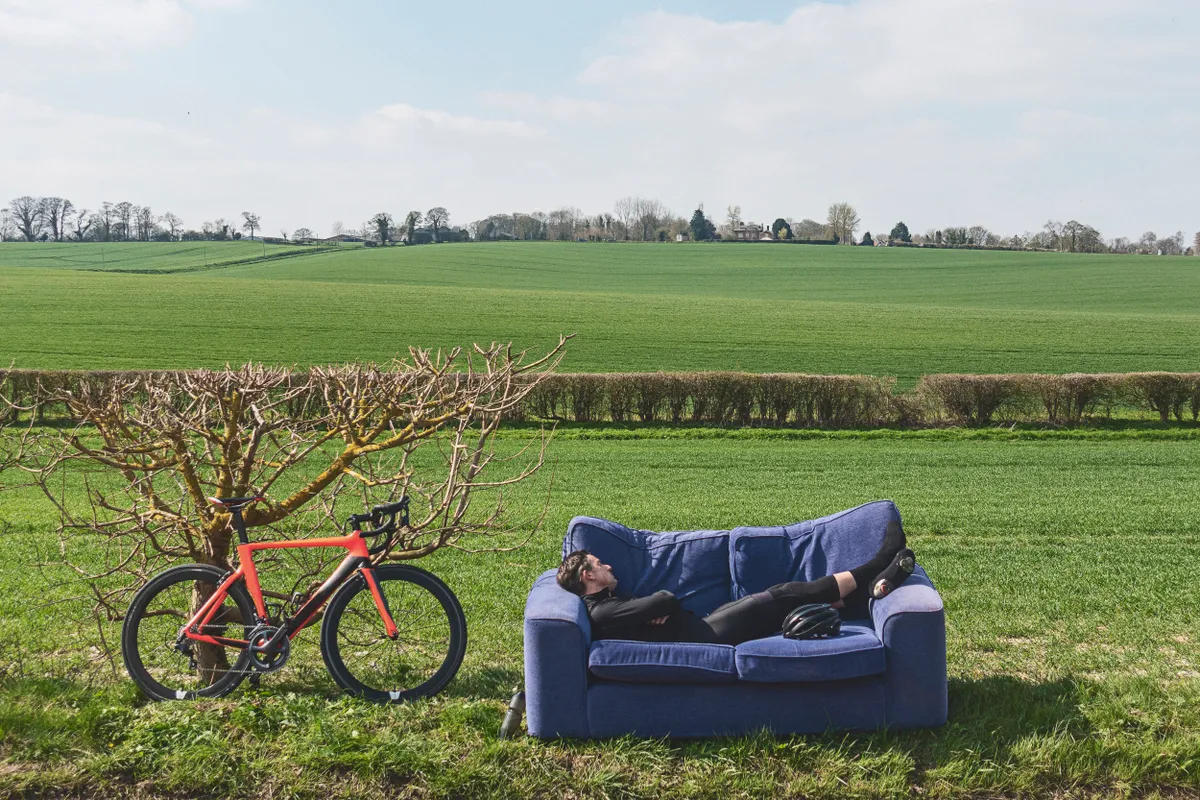
One of the hardest aspects of winter training is getting motivated, out of the door and onto the bike.
Making the most of winter riding is all about attitude: if you anticipate getting up early will be a miserable experience, and spend your whole ride dreaming of those extra hours in bed, it won’t be enjoyable.
Even the slightest distraction or reason not to ride can be enough to return to the warm embrace of your duvet. Counter this by making sure all your kit is ready the night before.
If you don’t feel like riding, give it 10 minutes – if you’re simply not having fun, you can ditch the session.
However, once you’re out you’ll usually feel good and carry on.
Many people suffer from Seasonal Affective Disorder (SAD) during winter. According to NHS Inform, two million people in the UK have the condition, while the SAD Association says milder but still significant ‘winter blues’ afflicts a further 11 million people.
The condition, caused by a biochemical imbalance in the brain, can rob you of energy, motivation and enthusiasm.
Physical exercise is one of the best ways to combat it, but often the motivation to exercise is low, creating a vicious circle.
There are measures you can use to prevent this though. “The cause is often a lack of light,” says sports psychologist Dr Victor Thompson, “so sleep with the curtains open, buy a dawn-simulating alarm clock and try to exercise during daylight hours.
“Doing club rides or spin classes can all help to increase motivation to train and the social contact is another benefit that can help prevent down periods.
“If more help is required, consider getting in touch with a psychologist or speak to your GP.”
Layer up
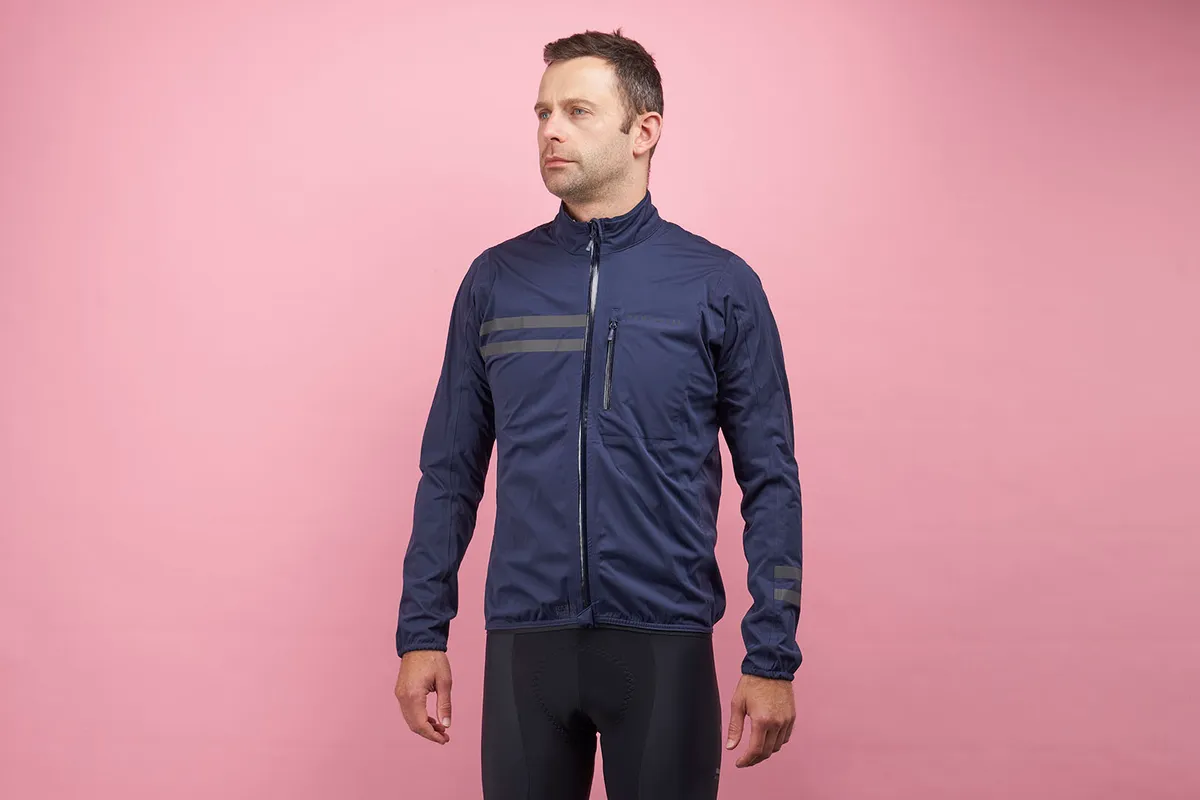
Invest in the best winter cycling clothing, because getting cold, wet and uncomfortable on the bike washes away your motivation.
With the proper kit, you'll be prepared for nearly all that the winter can throw at you. The way to stay warm is by layering up for winter cycling. Here's what we recommend:
- Shell: the best winter cycling jackets, either softshell or hardshell, should provide wind-stopping coverage to the belly, chest and groin – core areas you need to keep warm. Only the best waterproof cycling jackets will deal with a downpour though
- Base: the best baselayers keep the body dry. Wear an extra-thin layer rather than one that's too thick – it’s much easier to add additional layers than remove one if you end up running too hot
- Mid: a thermal layer worn over your baselayer will keep the warmth in, but should work with the base and shell to let sweat vapour out
- Legs: full-length bib tights are an essential
- Extremities: cover your head with a thermal cycling hat, hands with the best winter cycling gloves and feet with the best overshoes
These essentials will enable you to ride outdoors in all but the worst conditions.
Quality clothing can be expensive, but can prove a great investment – a solid winter’s training is priceless. However, some winter cycling hacks are cheap or free.
Ride safe
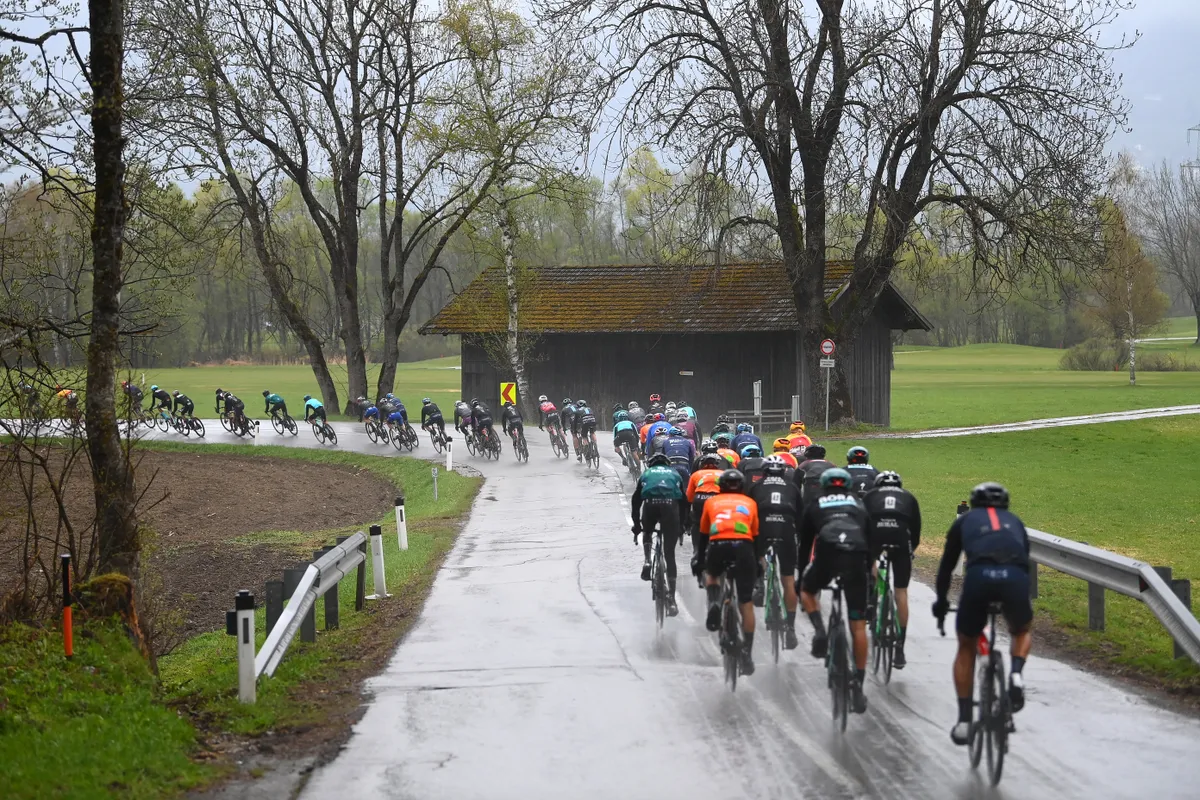
Make sure you protect yourself by following British Cycling qualified coach Andy Cook’s cold weather counsel.
See and be seen

When they are positioned correctly, the best road cycling lights illuminate you and the road ahead. Flashing bike lights can help, but do be considerate of other road users.
Where you ride on the road is also vital. Take up the primary position and command your space in the road. This has the benefit of allowing you some space if that driver behind hasn’t seen you and tries to squeeze by.
And don’t assume you’ve been seen by cars signalling to pull out – especially on cold mornings where commuters might still be peering through a misted or iced-up windscreen, or squinting into the sun.
Avoid hazards
In the wet, whether you’re using rim brakes or disc brakes, which perform better when damp, you’ll take longer to stop.
Road markings also tend to be slippery when wet, as do drain and manhole covers, so remember to take extra care when riding across them, especially when turning. Avoiding them is the best idea.
Look ahead
Everyone’s vision tends to be reduced in winter, especially in the busiest, darkest commuter times early-morning and late-afternoon.
As a cyclist, you need to become very good at anticipating other road users’ behaviour.
Always try to catch the driver’s eye, because this is your most effective form of communication.
Also watch out for leaf-strewn areas on lanes – wet leaves can create seriously slippery surfaces.
If you’re riding in a group in these sorts of conditions, leave a little more room between you and the person in front, and try to anticipate any problems that might occur up ahead.
Try out new routes
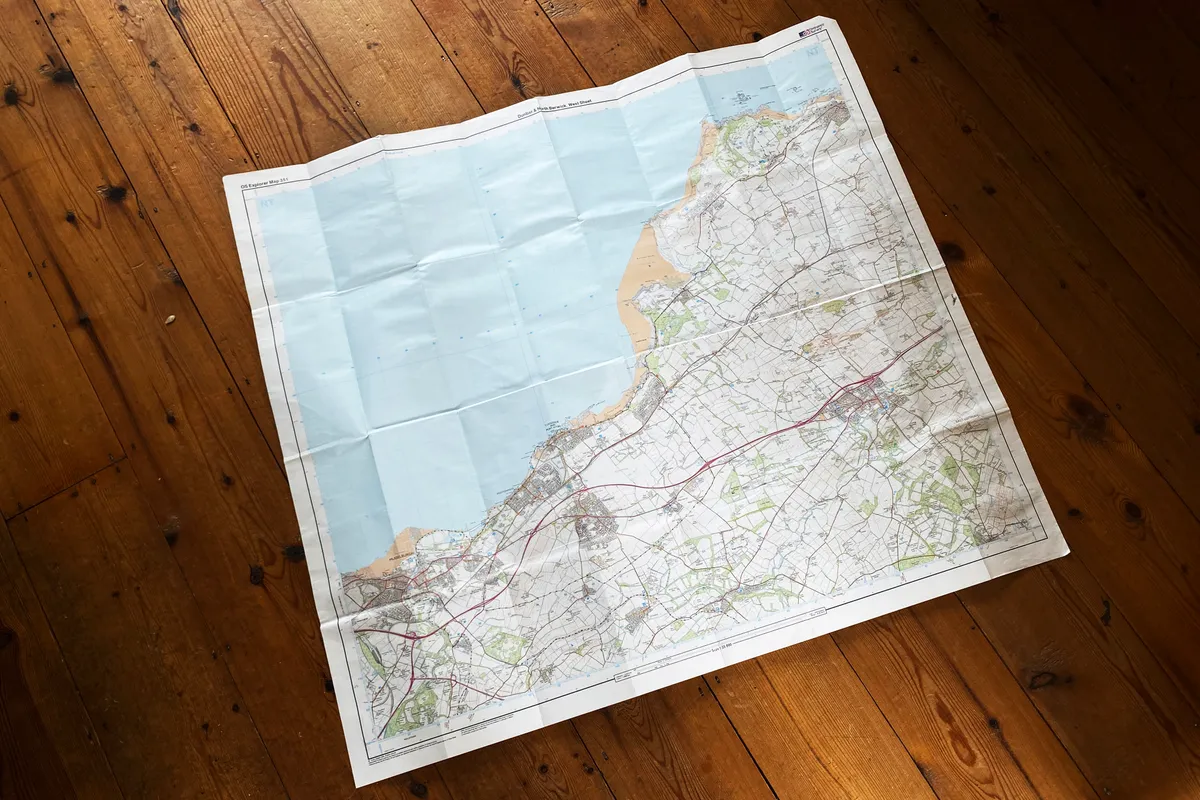
Riding the same roads all the time can become something of a chore. Even if you try riding your regular routes in the opposite direction, you’ll find it something different.
Circuits closer to home can be good in the winter months, because you're never far from home should the weather turn or you run out of juice.
Consider riding on wider residential roads rather than narrow country lanes for evening or morning rides in the dark. The former will be better lit, more likely to be gritted and less likely to be flooded.
Now and again, freshen up your weekend long rides by going from A to B and taking the train home.
Plan to succeed
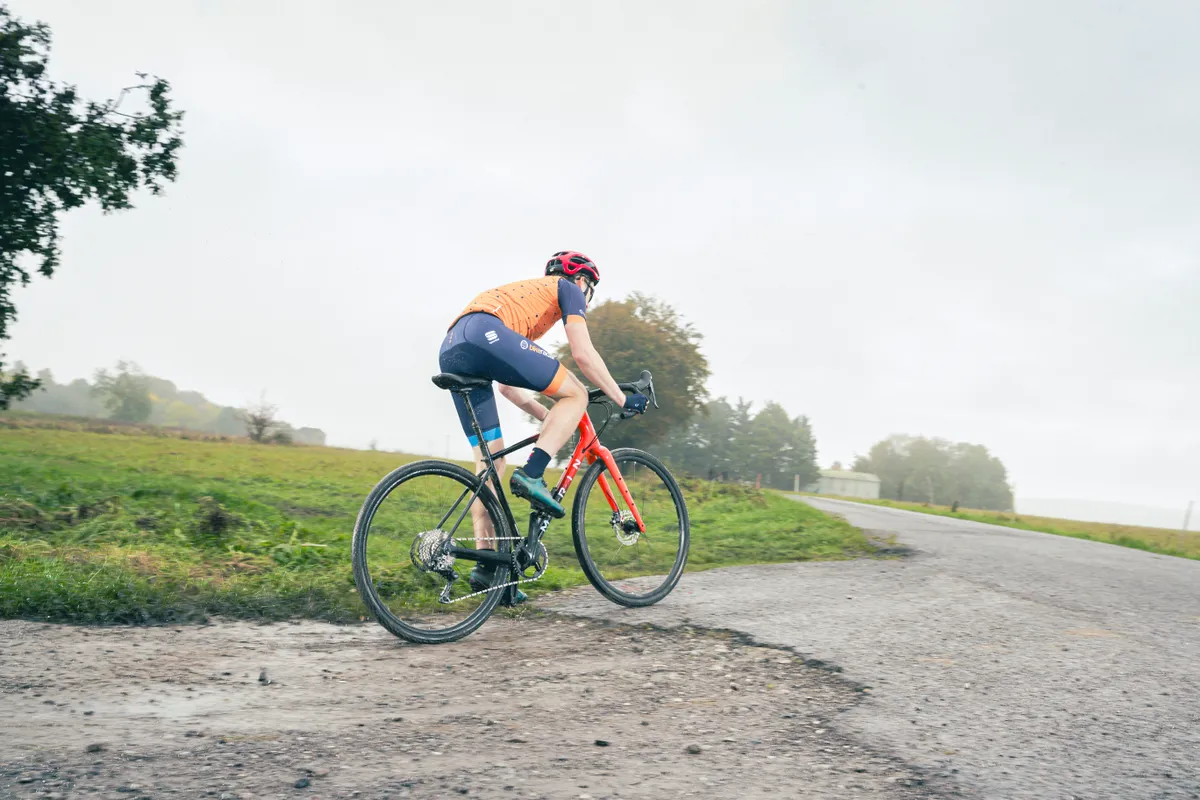
A cycling coach costs between £80 and £300 a month, and is probably the best way to maximise your potential.
Six months’ guidance from a premium coach will still cost less than a set of the best road bike wheels, and it will make you a faster rider too.
If you can’t afford a coach, follow our guide on how to plan your winter training yourself for free.
This boils down to: critical power or FTP testing to work out your training zones; defining your targets; creating a purpose and scheduling training sessions while adjusting your calendar if necessary.
Organise a training camp

One good way to keep yourself motivated is to book a training camp for early March as a reward for getting through the winter months.
With some good winter miles in your legs, you'll be able to get the best out of a spring camp and the warm sunshine will have been well-earned.
Alternatively, organise your own mini camp closer to home. A weekend away with a few mates, riding different roads with no distractions, can be a great way to keep things fresh.
A bikepacking trip is another enjoyable way to get a fantastic training stimulus.
Personalise your approach
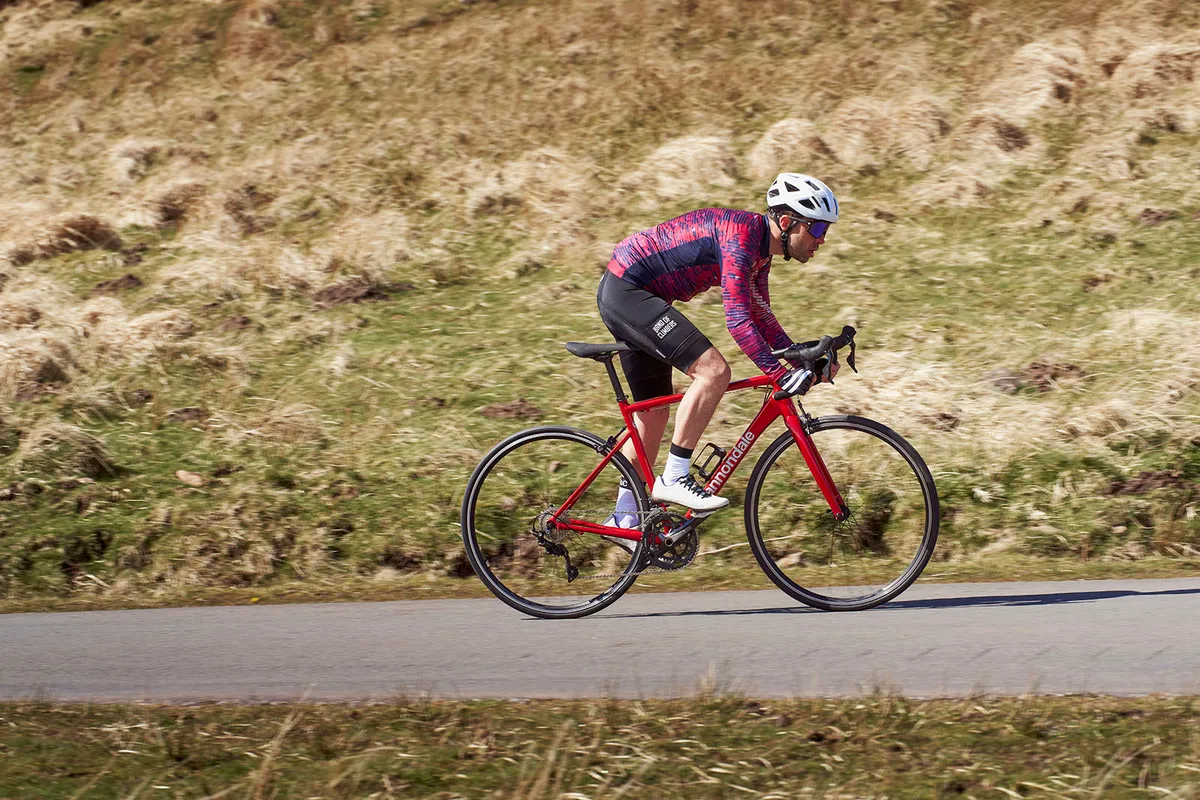
Traditional winter cycling training revolves around base training – high volume at low intensity to improve aerobic capacity.
One of the reasons for this is the northern hemisphere winter is often not conducive to high-tempo riding outdoors.
However, the rise of Zwift, and other indoor cycling apps, has made it easier to continue high intensity interval training through the colder, darker months.
This has paved the way for some cycling coaches to advocate reverse periodisation, where a rider works on high-end speed in the winter before focusing on endurance as the days lengthen and warm up.
In a standard periodisation model, the rider builds endurance first before honing more race-like characteristics, such as VO2 max, as their target event approaches.
According to Jacob Tipper, a professional coach and former professional rider, the merits of each approach vary from rider to rider.
He says you should take into account “what type of rider you are, what you adapt well to, and ultimately what your goals are for next season”.
Tipper was part of the Huub Wattbike team, which pushed aerodynamics and technology to giant-slaying success on the track.
But Tipper, who has coached former teammate and UCI World Hour record holder Dan Bigham, favours the traditional periodised approach to winter training.
Because cycling is an endurance sport and aerobic capacity is usually a limiting factor, he says “it does make the most sense to work on this for large portions”.
Tipper, of JT Performance Coaching, adds that your punch or anaerobic capabilities “can be tuned up pretty quickly so I would recommend saving it for closer to race season”.
However, he says: “The exception to this is if you are a super-slow twitch athlete, then you can probably incorporate some punchy efforts without too much risk.
“But if this comes naturally, you are likely able to go a lot deeper in these efforts and thus apply an unnecessary level of stress and even risk to what could otherwise be a more consistent aerobic week.”
Better together
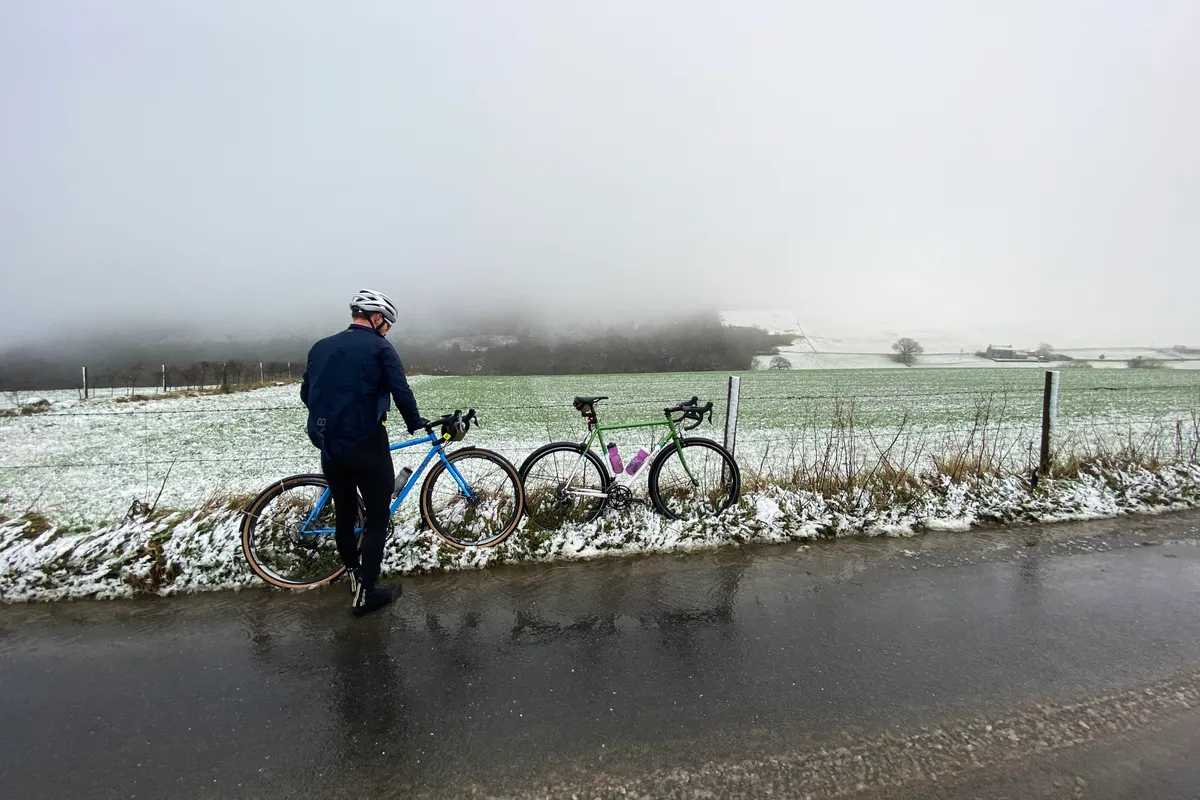
On wintery roads, a group of riders are far more noticeable than a lone cyclist.
You’ll always have someone with you should you run into trouble, and a helping hand with mechanical issues or fixing a puncture.
You’re also more likely to get out of your warm bed and onto your bike if you’ve arranged to meet a bunch of mates.
The camaraderie of a group ride makes the miles go quicker. The unstructured, competitive nature – contesting climbs and sprints – acts as a fartlek workout.
Check out our guide on how to ride in a group, if you’re unsure how to do so safely.
Turbo-boost
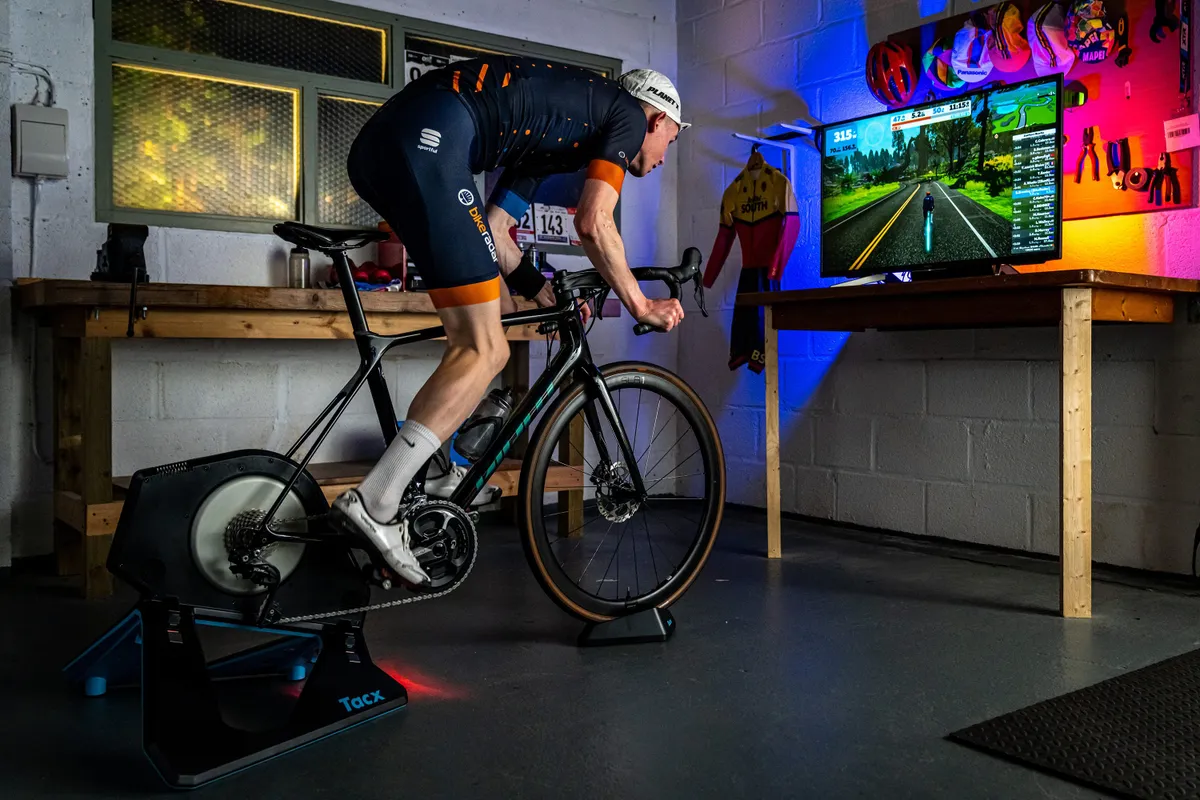
Indoor cycling is a time-efficient and convenient way to train away from the cold and wet. The best smart trainers make it more enjoyable and even fun, especially when you’ve set up your pain cave just right.
You can ride in a virtual world, compete with your mates and even against strangers in Zwift racing.
New features are frequently introduced to the best indoor cycling apps. Since Wahoo’s acquisition of RGT Cycling, a Wahoo X subscription gives access to Wahoo SYSTM’s workout library and Wahoo RGT’s simulations of real roads.
If you just want to do workouts, apps such as TrainerRoad offer a no-frills experience focused on training plans.
Get muddy!

The success of cyclocross stars Wout van Aert, Mathieu van der Poel and Tom Pidcock on the road is no coincidence.
Nick Craig, multiple UK national cyclocross champion, believes cyclocross racing is “a great way to get some intense efforts worked into your week, without dominating your riding time.
“Relatively short and high-intensity efforts, when placed alongside longer, more gentle rides, can be really beneficial for those looking to maintain or improve fitness over winter.
“Cyclocross is all about going into the red, recovering then going again.
“Road cyclists have good fitness and power, but in ’cross you use this power in different ways, with shorter, harder efforts over challenging off-road terrain.”
Learning cyclocross skills, such as cornering through mud, improves your road cycling, according to Tipper.
“Off-road riding is a great way to improve your bike handling skills, something that has noticeably dropped off in UK racing due to a lack of chaingangs and over reliance on the turbo,” he says.
Take a break every fourth week
To keep things fresh, it’s important to take every fourth week a bit easier.
Taking a regular easy week gives you a chance to recover, so that your body can super-compensate for all the training you’ve done.
Remember it’s during periods of rest that your fitness improves, not during training itself.
During the recovery week, it’s the ideal opportunity to catch up on sleep, family commitments and all that admin that you never seem to get done – perhaps make time to renew your bike insurance.
You should do less than half of your normal training during this period, and make sure you have at least two days off.
Eat well
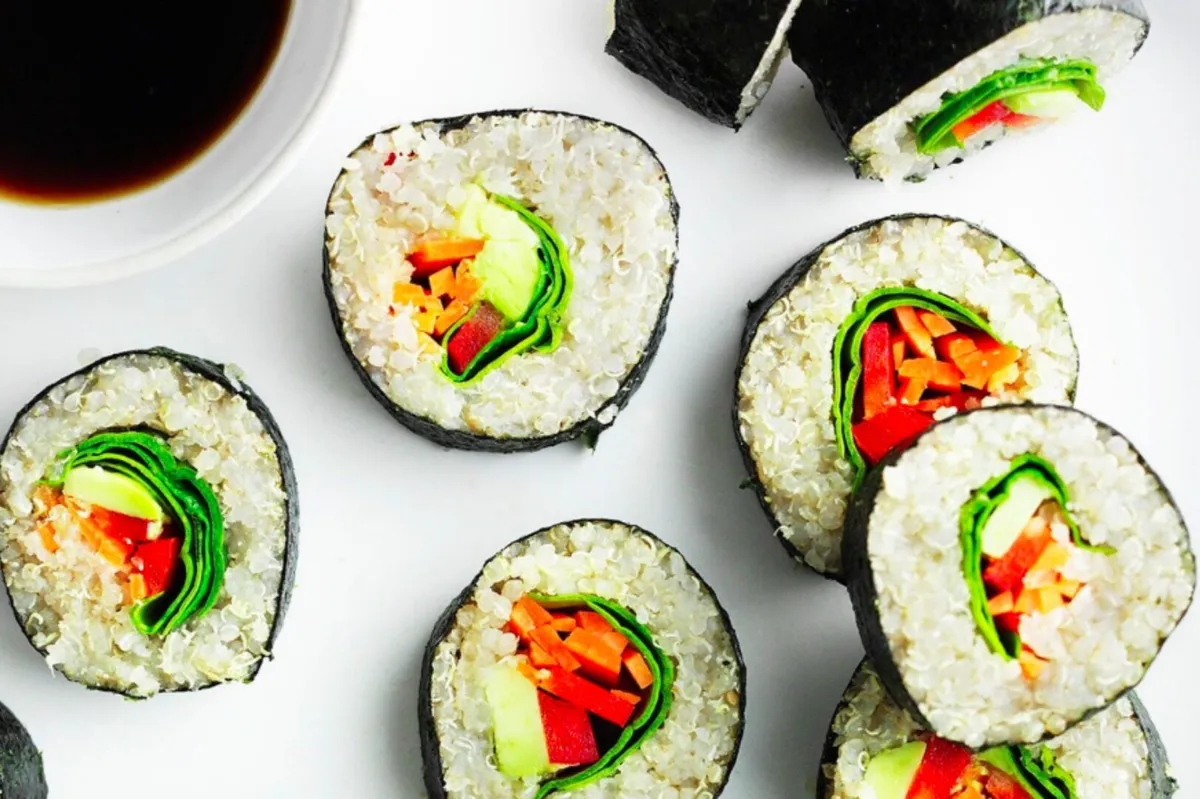
Eating well through winter plays a major role in maintaining health and fighting off colds and flu. Many riders worry about weight gain during winter, but being too lean can be counterproductive, and slightly more body fat will make you less prone to the cold.
Immune boosting: “To help the immune system boost its prevention power during the winter months, we need a wide variety of fruits and vegetables – at least six servings per day to provide the essential bioflavonoids and antioxidants,” says nutritional therapist Amelia Freer.
“Foods such as berries, oranges, tenderstem, spinach, carrots, sweet potatoes, garlic, watercress, alfalfa sprouts, brown rice and a variety of nuts and seeds, particularly sunflower seeds and brazil nuts, can supply the synergistic range of nutrients needed.
"A cup or two of fresh ginger or green tea a day can also keep colds and flus at bay.”
Post-ride recovery: After a long ride, a balanced blend of carbohydrates and protein taken within 15 minutes of completing your ride kickstarts recovery.
The carbs help replenish muscle energy, and proteins are used for muscle repair and growth. There are many recovery products on the market, but a simple milk and banana smoothie will do the job – just have it made up ready to drink.
For more nutrition inspiration, try these 30-minute meals to satisfy post-ride hunger.
Hit the gym
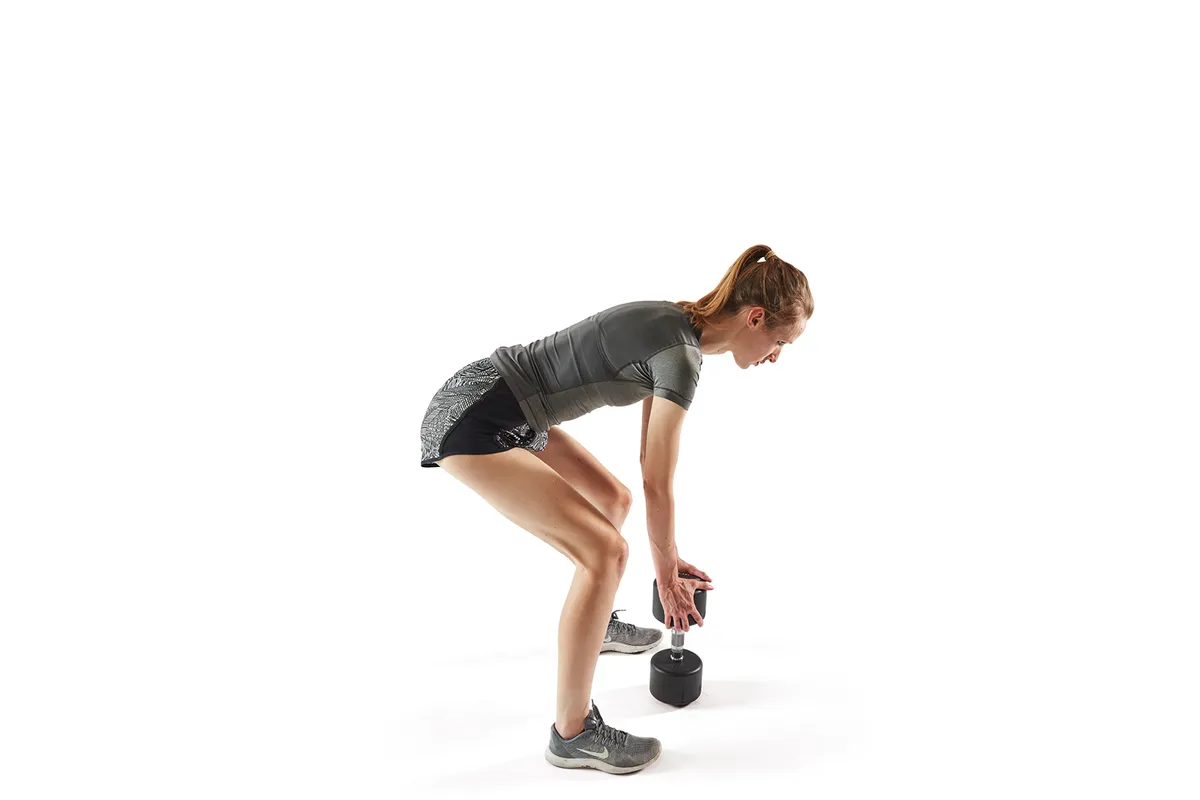
In the winter, hitting a warm, dry gym can be an appealing alternative to muddy rides, and gym workouts are among the most productive off-the-bike activities.
Tipper says: “I do think strength is worth working on over the winter and even all year round for some athletes.”
From the age of 30, unless stimulated, we all begin to lose muscle mass – a condition known as sarcopenia.
A reduction in calorie-burning muscle makes controlling fat gain harder. The good news is that its effects can not only be halted but also reversed through strength training for cyclists.
Cycling will provide your legs with a degree of beneficial work, but not the most effective high-load stimulation of weight training movements such as squats and deadlifts. And cycling will barely touch your upper body.
In addition, getting stronger is often a solution to the most common causes of pain caused by cycling.
Go for a run
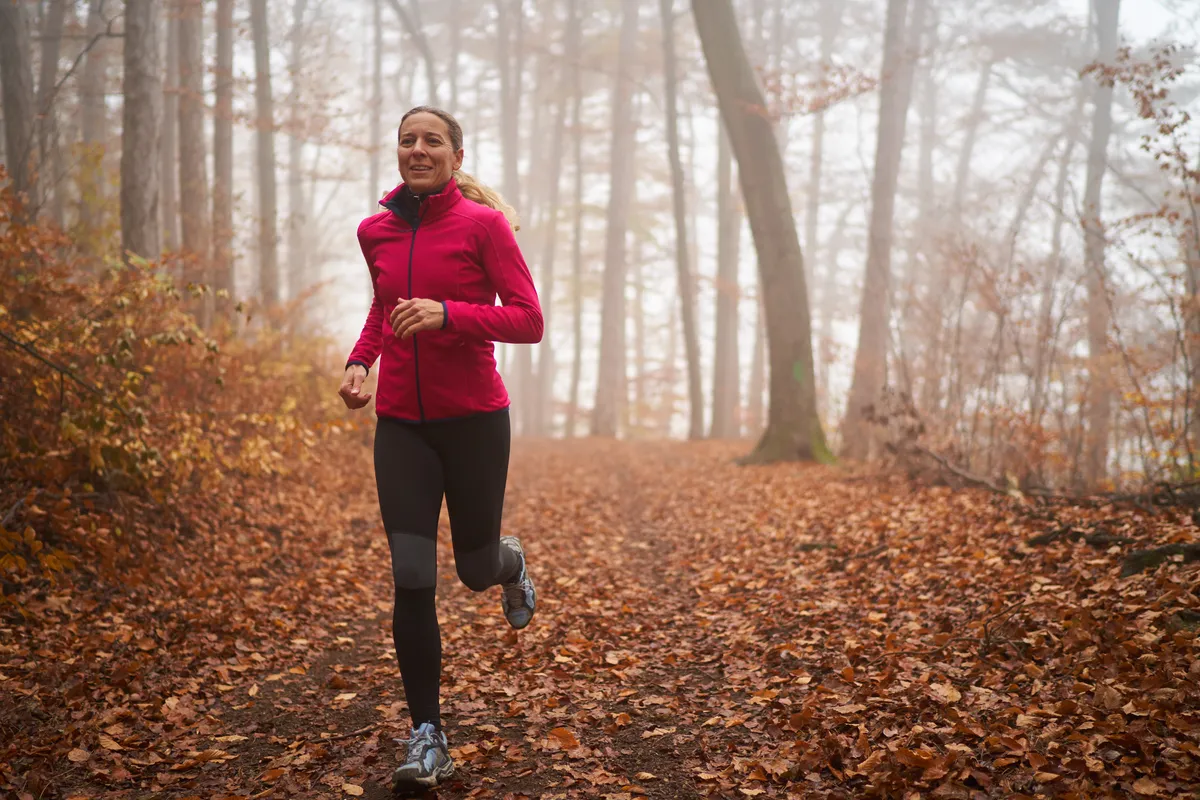
Often thought of as a dirty word among cyclists, running is an ideal option for a quick training hit during the winter.
If off-season running works for Remco Evenepoel and Primož Roglič, it could work for you.
You’re probably not going to bother kitting up and getting your bike out for a 30 to 60-minute ride, but may do for a run.
Tipper, who worked on Alistair Brownlee’s Sub7/Sub 8 triathlon projects, says: “Other than mentally breaking up the monotony of constant cycle training, I think running can be of an advantage.
“I don’t really see it as making you a better cyclist per se, but I think the additional loading and change activity makes you a better and more robust human.”
Tipper says this makes you more resilient to everyday activities, such as supermarket shopping.
He adds: “I think being stronger and more balanced on your own two feet is just a better position to be in, even if this doesn’t directly transfer to a cycling power test.
“And if you’re still not convinced, Remco and Wout van Aert are regularly spotted running in the off-season.”
As with other types of cross-training for cyclists, it’s best to treat running as a light, active recovery session instead of hammering intervals on the track.
Prepare your bike for winter
Safety checks

Before getting started, safety check your bike and get your road bike ready for winter.
Check over your tyres for small flints and pieces of glass that might not have caused a puncture yet, but if left will ultimately work through and into the inner tube.
Your sidewalls should also be checked regularly because riding an under-inflated tyre will cause the bead to wear excessively and could cause a blowout at an inopportune moment.
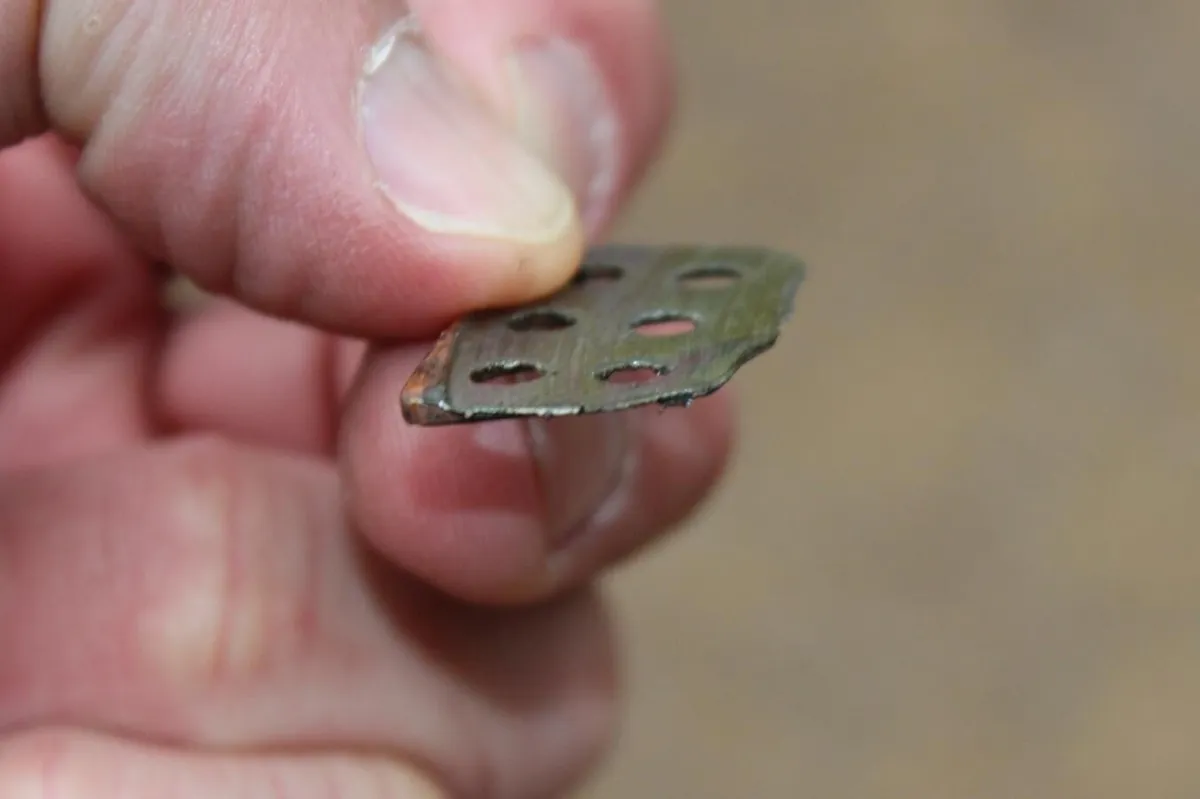
Check your rim or disc brake pads regularly too, because they can become encrusted with shards of alloy from the braking surface, not to mention grit and gravel, which can increase wear.
Brake and gear cables need to be checked for fraying.
Give your transmission a regular once-over as well, and remember that running your drivetrain with too much chain lube will compromise efficiency as much as running it too dry.
Get a dedicated training bike

Buying a winter bike or repurposing an old bike can save your best steed from harsh winter conditions.
Lightweight components and racing wheels don't like water, salt, grit and all the potholes that seem to appear as the nights draw in.
The mudguards will keep you and your training partners drier, the heavier tyres will be more puncture-resistant, the relaxed frame angles will keep you comfortable and of course all the extra weight will make you stronger.
